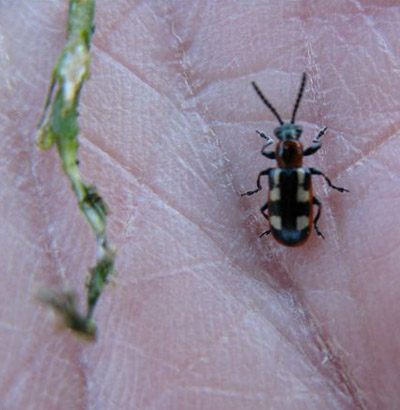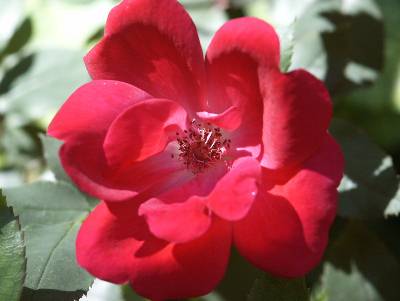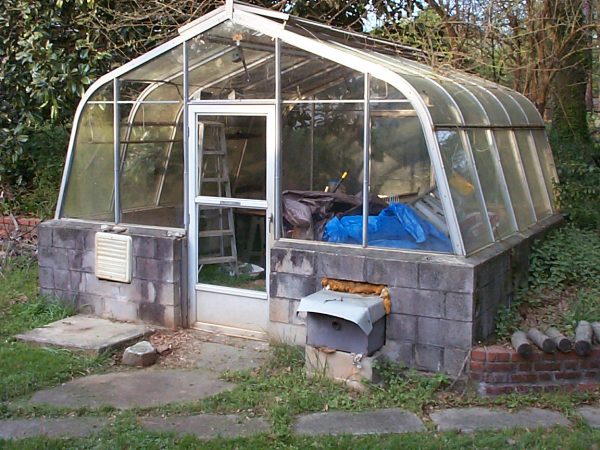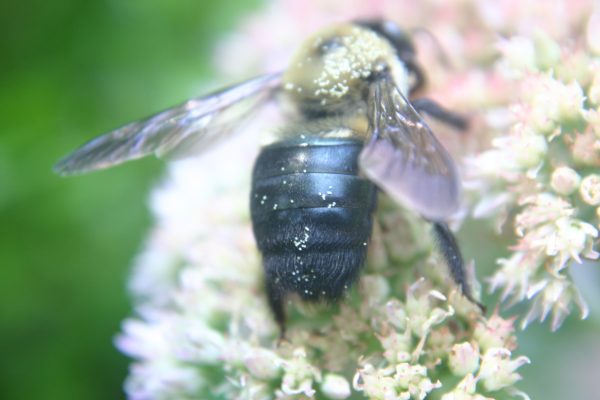Blueberry – Varieties That Avoid Freeze Damage
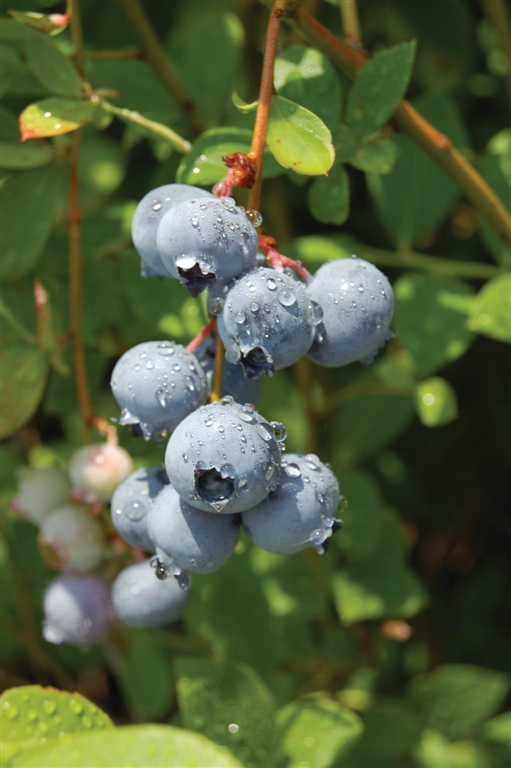
Q: Every spring I find myself rushing out to put Christmas lights and blankets over my blueberry blooms to avoid them being damaged by a late winter freeze. What causes blueberries to bloom so early?
A: Blueberries are triggered to bloom based on the number of chill hours required by a particular plant during the winter. Different species or varieties of blueberries require different amounts of cold weather to bloom. Cold damage depends on the stage of development of a blueberry flower.
A Quick Review of Blueberry Flower Bud Stages
During the winter, dormant flower buds of highbush blueberries will survive temperatures as low as -20 to -30°F while the less hardy rabbiteye blueberries have survived -10°F but are often damaged below 0°F. As flower bud swell progresses, cold tolerance decreases. By the time individual flowers begin to protrude from the bud, temperatures below 20°F will begin damaging the most exposed flowers. When corollas have reached half of their full length, temperatures below 25 to 26°F will kill the complete flowers. However, at this stage, blossoms on rabbiteye blueberries may receive corolla damage at temperatures as high as 30°F.
Blueberries that require lots of chill hours are less likely to be hurt by a late spring freeze.
University of Georgia blueberry specialist Dr. Scott Nesmith says the Southern highbush ‘Camellia’ is pretty safe to plant, as are the new ‘Miss Jackie’, ‘Miss Lilly’ and ‘Miss Alice Mae’. Rabbiteye varieties include ‘Baldwin’, ‘Alapaha’, ‘Ochlockonee’, and ‘Titan’.
Blueberry Chill Hours – What are They?
Home Garden Blueberries for Georgia
Growing Blueberries in South Carolina (lists variety chill requirements)
Blueberry Freeze Damage Protection
New “Misses” Blueberry Varieties
Southern Misses Cold Resistant Blueberries



